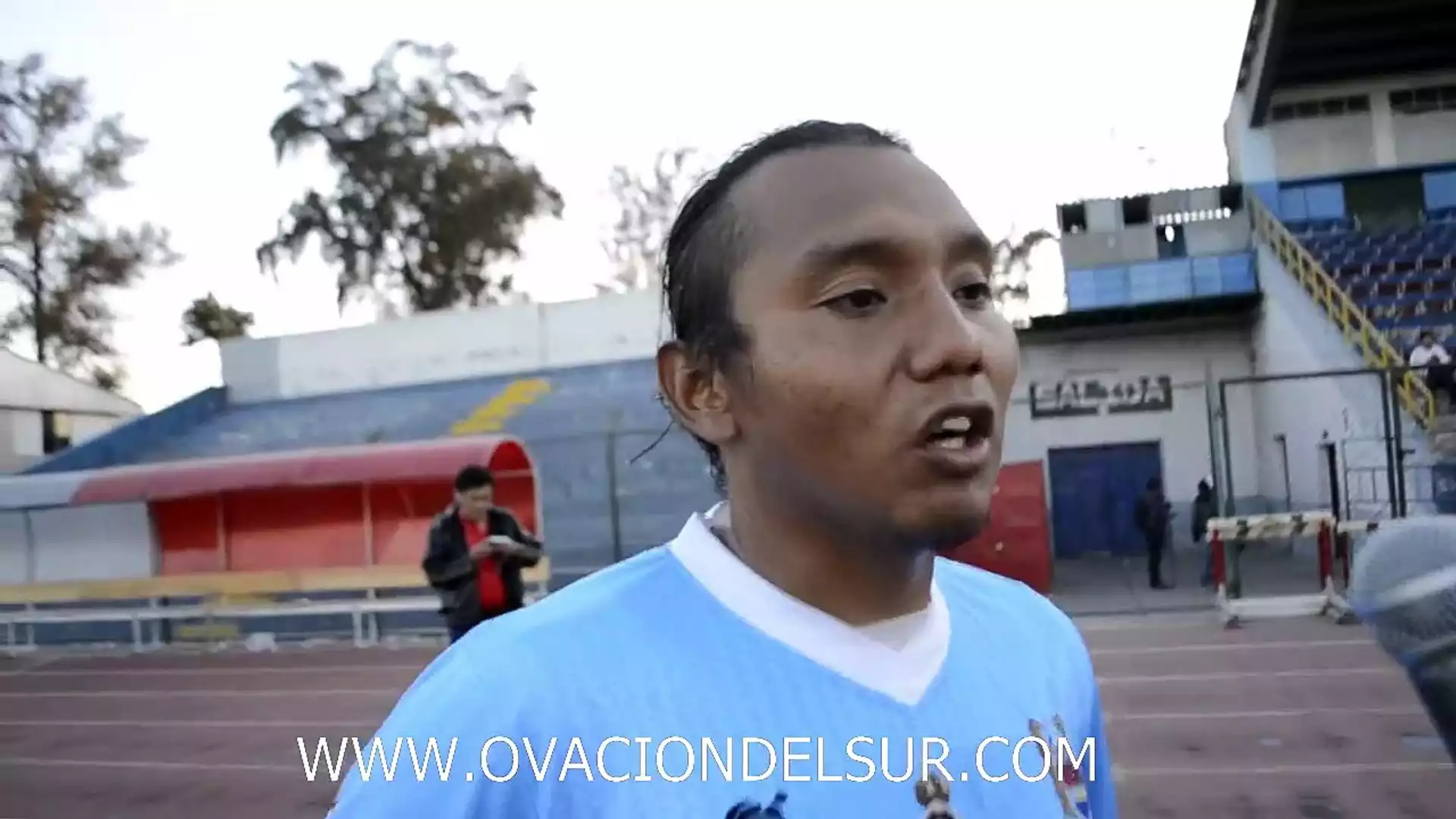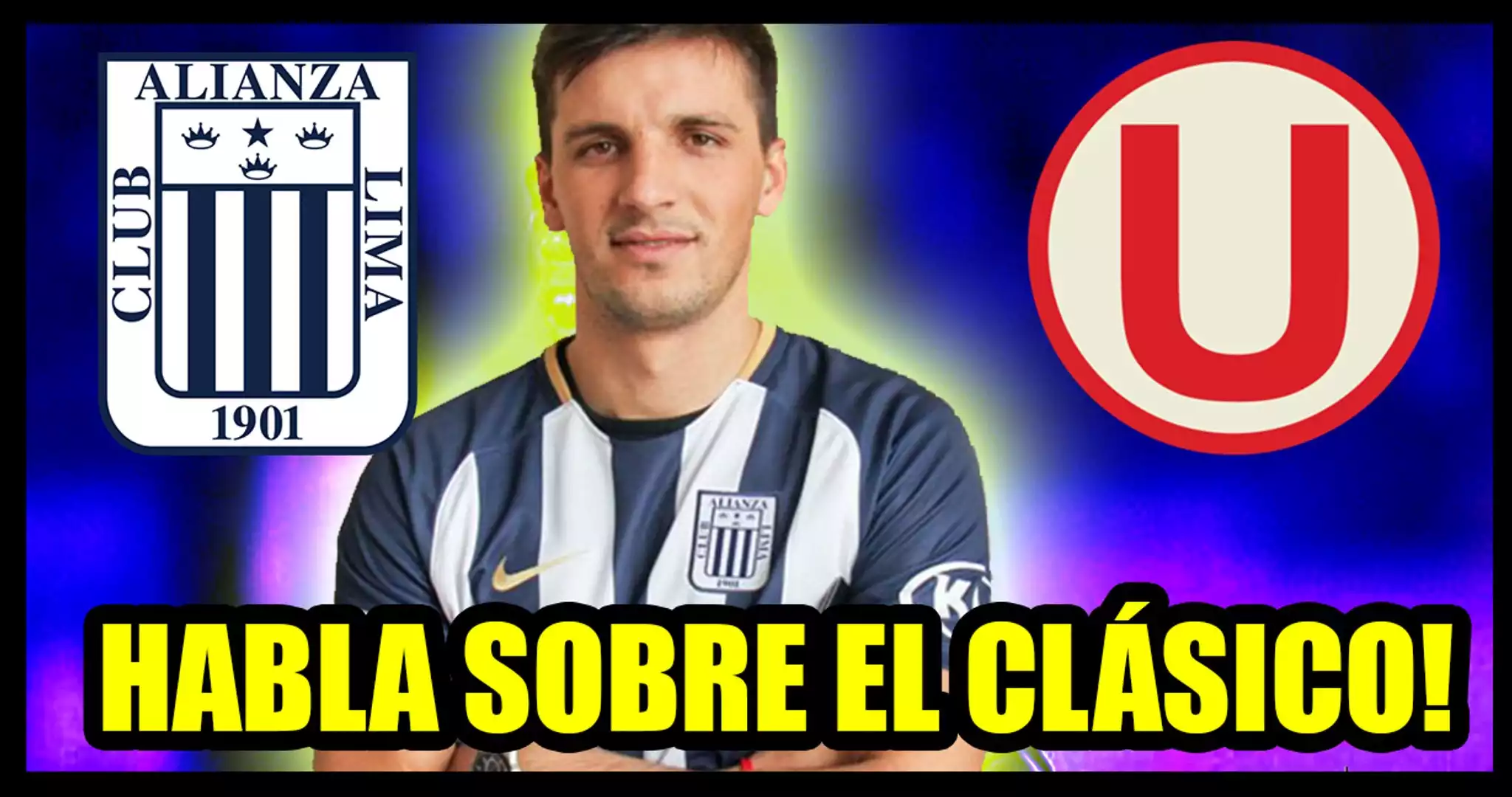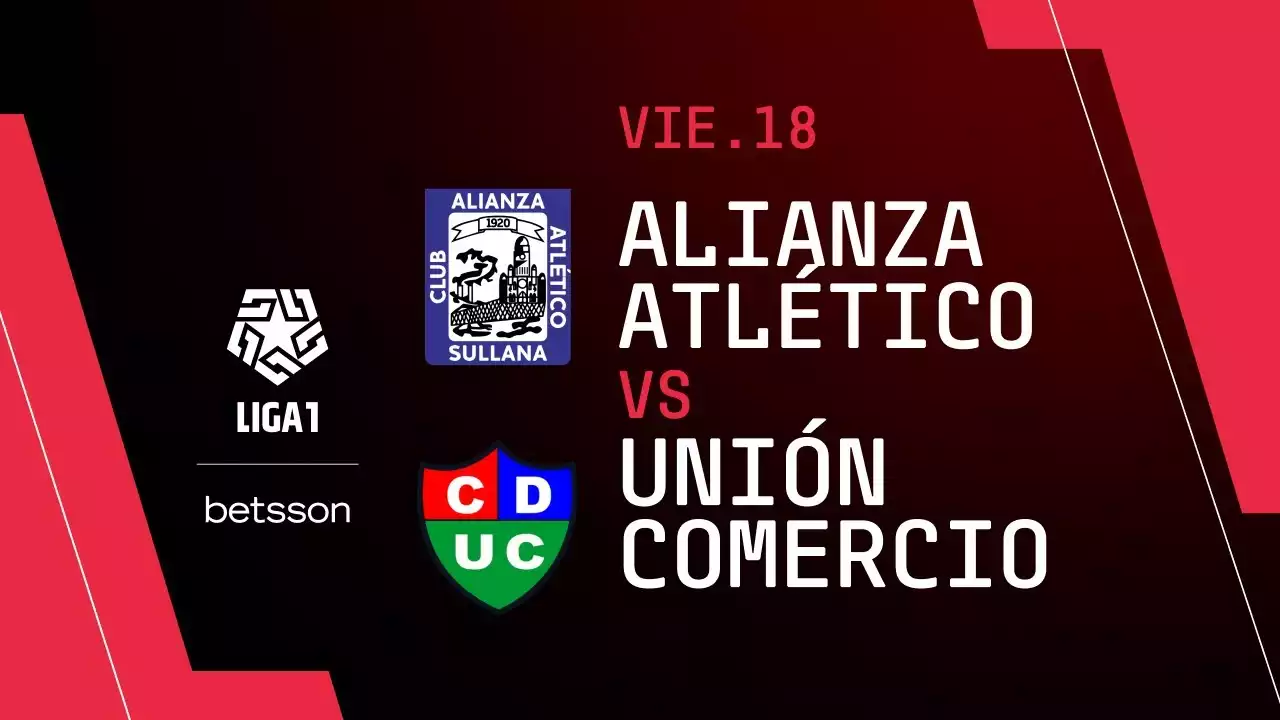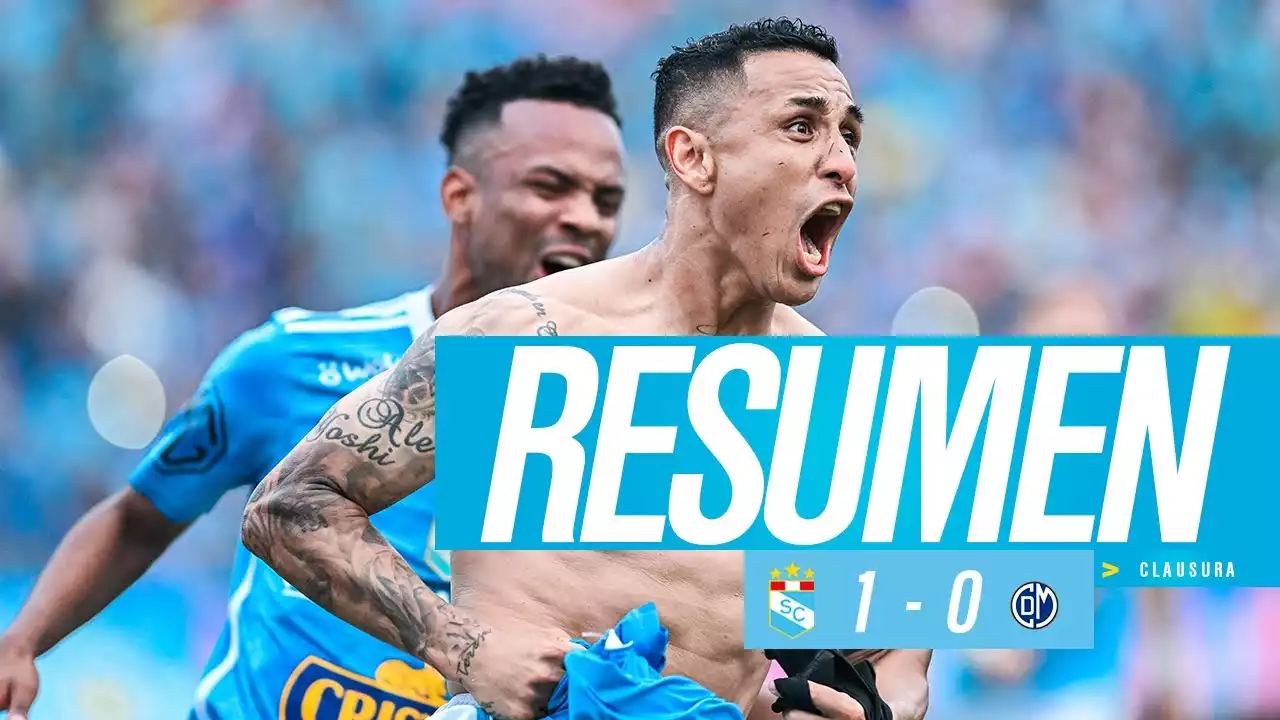Community-owned clubs
When it comes to the passion and dedication of football fans, Peru knows how to take it to the next level. In recent years, a unique trend has emerged in the country's football scene, with several Liga 1 clubs being community-owned. This means that the fans have a direct say in the club's management and operations, making it a truly grassroots movement.
These community-owned clubs have deep local roots, representing the pride and dreams of their respective communities. From the historic club Universitario de Deportes to the up-and-coming side Deportivo Binacional, they all share a common goal: to foster a sense of belonging and unity among their supporters.
With this model, fans have a voice in major decisions, ranging from selecting the club's board members to deciding on player transfers. This unique approach has not only solidified the connection between clubs and their communities but has also created a strong sense of shared responsibility.
In this article, we delve into the success stories and challenges faced by these community-owned clubs, exploring how their unique structure impacts both the on and off-field performance. Stay tuned to discover how these Peruvian Liga 1 clubs are redefining the football landscape with their local roots and community-driven approach.
The Concept of Community Ownership in Football
Community ownership in football represents a departure from the traditional ownership model, where a single person or corporation holds control over a club. Instead, community-owned clubs are collectively owned by their fans, giving them a say in decision-making processes. This model is based on the principles of democracy, transparency, and shared responsibility.
Community-owned clubs operate under the belief that football should be more than just a business. Instead, it should be a force for social change and a source of pride for the local community. By involving fans in the club's operations, community ownership aims to strengthen the bond between the club and its supporters, creating a sense of ownership and belonging.
Benefits of Community-Owned Clubs
The community-owned model offers several advantages over traditional ownership structures. First and foremost, it ensures that the club's interests align with those of the community. This means that decisions are made with the long-term benefit of the club and its supporters in mind, rather than short-term financial gains.
Community ownership also promotes transparency and accountability. With fans having a direct say in decision-making processes, there is a higher level of scrutiny and accountability for the club's actions. This helps to prevent corruption and mismanagement, ensuring that the club operates in the best interests of its supporters.
Furthermore, community-owned clubs often have stronger ties to their local communities. They are more likely to invest in grassroots development programs, youth academies, and community initiatives. This not only helps to develop talent at the grassroots level but also fosters a sense of pride and belonging among the local population.
Overview of Peruvian Liga 1
Before diving into the community-owned clubs in Peruvian Liga 1, let's have a brief overview of the league itself. Liga 1, formerly known as the Primera División, is the top professional football league in Peru. It consists of 18 teams competing for the title and a chance to qualify for international competitions.
Liga 1 has a rich history, with clubs like Universitario de Deportes, Sporting Cristal, and Alianza Lima dominating the scene. These clubs have a passionate fan base and a long-standing tradition of success. However, in recent years, a new breed of community-owned clubs has emerged, challenging the status quo and bringing a fresh perspective to Peruvian football.
Community-Owned Clubs in Peruvian Liga 1: Club Universitario de Deportes
Club Universitario de Deportes, commonly referred to as "La U," is one of the most iconic and successful clubs in Peruvian football history. Founded in 1924, it has a rich heritage and a passionate fan base. In 2000, it became the first community-owned club in Peru.
Under the community ownership model, Universitario de Deportes has seen a resurgence in its on-field performance. Fans have a direct say in the club's management, including the appointment of board members and the selection of coaching staff. This has brought stability and a sense of unity to the club, resulting in improved performances on the pitch.
Community-Owned Clubs in Peruvian Liga 1: Club Sporting Cristal
Another prominent community-owned club in Peruvian Liga 1 is Club Sporting Cristal. Founded in 1955, Sporting Cristal has a strong presence in Lima and a dedicated fan base. The club adopted the community ownership model in 1992, and it has since become a symbol of success and stability.
The fan-owned structure has allowed Sporting Cristal to invest in youth development and infrastructure, resulting in a steady stream of talented players coming through the ranks. The club has enjoyed consistent success on the field, winning numerous league titles and representing Peru in international competitions.
Community-Owned Clubs in Peruvian Liga 1: Club Deportivo Municipal
Club Deportivo Municipal, commonly known as "La Academia," is a community-owned club based in Lima. Founded in 1935, it has a rich history and a loyal fan base. The club adopted the community ownership model in 2010, aiming to foster a stronger connection with the local community.
Community ownership has allowed Club Deportivo Municipal to focus on developing local talent and investing in infrastructure. The club has seen a resurgence in its on-field performance, challenging the traditional powerhouses of Peruvian football. This success has further strengthened the bond between the club and its supporters.
How Community Ownership Impacts the Local Community
The impact of community ownership extends beyond the football pitch. Community-owned clubs often serve as a rallying point for the local community, bringing people together and fostering a sense of pride and identity. They become more than just sports teams; they become symbols of hope and unity.
Community-owned clubs are also more likely to invest in community initiatives and social programs. They contribute to local development, supporting education, healthcare, and other social causes. This helps to create a positive impact on the lives of people living in the surrounding areas.
Furthermore, community ownership encourages fan engagement and participation. Supporters have a direct say in the club's operations, which promotes a sense of ownership and responsibility. This involvement strengthens the bond between the club and its fans, creating a passionate and dedicated support base.
Challenges and Successes of Community-Owned Clubs in Peruvian Liga 1
While community-owned clubs offer many advantages, they also face unique challenges. One of the main challenges is financial sustainability. Community-owned clubs often rely heavily on fan contributions and sponsorships, making it essential to maintain a stable revenue stream. This requires effective financial management and a strong marketing strategy.
However, community ownership has also brought great success to Peruvian Liga 1 clubs. The involvement of fans in decision-making processes has created a sense of unity and purpose, resulting in improved on-field performances. Community-owned clubs have challenged the traditional powerhouses of Peruvian football, bringing a new level of competitiveness to the league.










